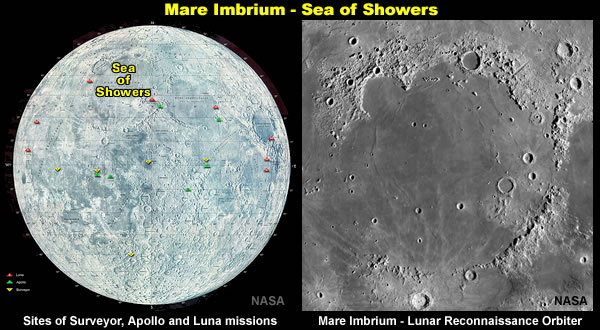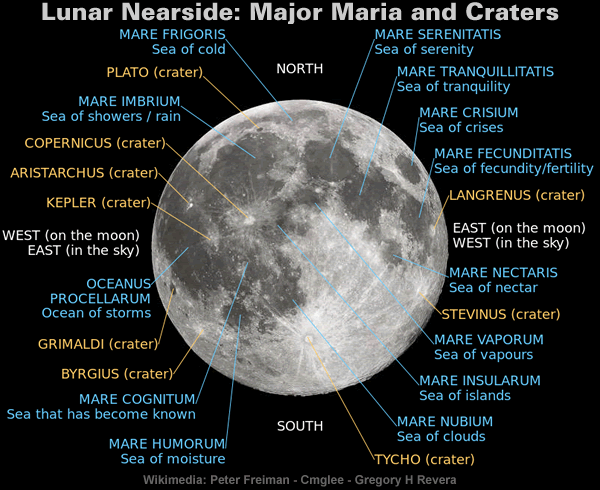Another interesting article by Tim Cullen in the Atomic Comet series – go to https://malagabay.wordpress.com/2017/10/19/the-atomic-comet-sea-of-showers/ .. the Sea of Showers is a vast lava plain on the Moon. It sits within the Imbrium Basin, one of the larger craters. Molten lava produced within the crater has formed a relatively smooth surface …

 according to mainstream thinking. Tim Cullen thinks outside the box, in all kinds of ways, means, and subjects, which is why he has a series of posts on the atomic comet theory. Like it. In this instance he points out the Sea of Showers is really a Sea of Sand (a fine grained regolith). The term lunar soil is used interchangeably with lunar regolith but typically refer to finer examples of regolith. The term lunar dust is used for even finer grains of material – as in small grains of silt. The Sea of Sand forming the Sea of Showers is enriched with potassium, rare earth elements, phosphorous, uranium and thorium. These are collectively known as KREEP and KREEP is thought to represent the last remaining melt after the lunar crust formed – with an origin inside the Moon. KREEP is shorthand for K, the atomic symbol for potassium, REE for Rare Earth Elements, and P for phosphorous. Satellite data has revealed that KREEP is mainly concentrated beneath the Oceanus Procellarum and the Marie Imbrium (Sea of Showers).
according to mainstream thinking. Tim Cullen thinks outside the box, in all kinds of ways, means, and subjects, which is why he has a series of posts on the atomic comet theory. Like it. In this instance he points out the Sea of Showers is really a Sea of Sand (a fine grained regolith). The term lunar soil is used interchangeably with lunar regolith but typically refer to finer examples of regolith. The term lunar dust is used for even finer grains of material – as in small grains of silt. The Sea of Sand forming the Sea of Showers is enriched with potassium, rare earth elements, phosphorous, uranium and thorium. These are collectively known as KREEP and KREEP is thought to represent the last remaining melt after the lunar crust formed – with an origin inside the Moon. KREEP is shorthand for K, the atomic symbol for potassium, REE for Rare Earth Elements, and P for phosphorous. Satellite data has revealed that KREEP is mainly concentrated beneath the Oceanus Procellarum and the Marie Imbrium (Sea of Showers).
The Sea of Sand is also enriched with iron – the black form of oxide. The low magnetic strength associated with Marie Imbrium is suggestive of a superficial coating of iron enriched dust than a vast crater filled with iron rich lava, he continues. The Sea of Sand is also enriched with Titanium (at five times the level it should be if the Moon originated out of the Earth in a collision). The cause of lunar thorium is also a problem. An alternative approach to the problems of Lunar KREEP deposits is to assume they arrived from 'above' in the form of dust and sand from atomic comets. Arguably they arrived by way of Earth's magnetotail and were primarily deposited in an oxidised state into the Ocean of Storms which forms the Moon's leading edge as it moves towards Full Moon. It is a vast lunar mare on the western edge of the near side of the Moon. In fact, KREEP seems to be concentrated on the near side of the moon and may even have formed when the Earth, and its moon, travelled through a cometary dust trail – or a gas tail (coma).
